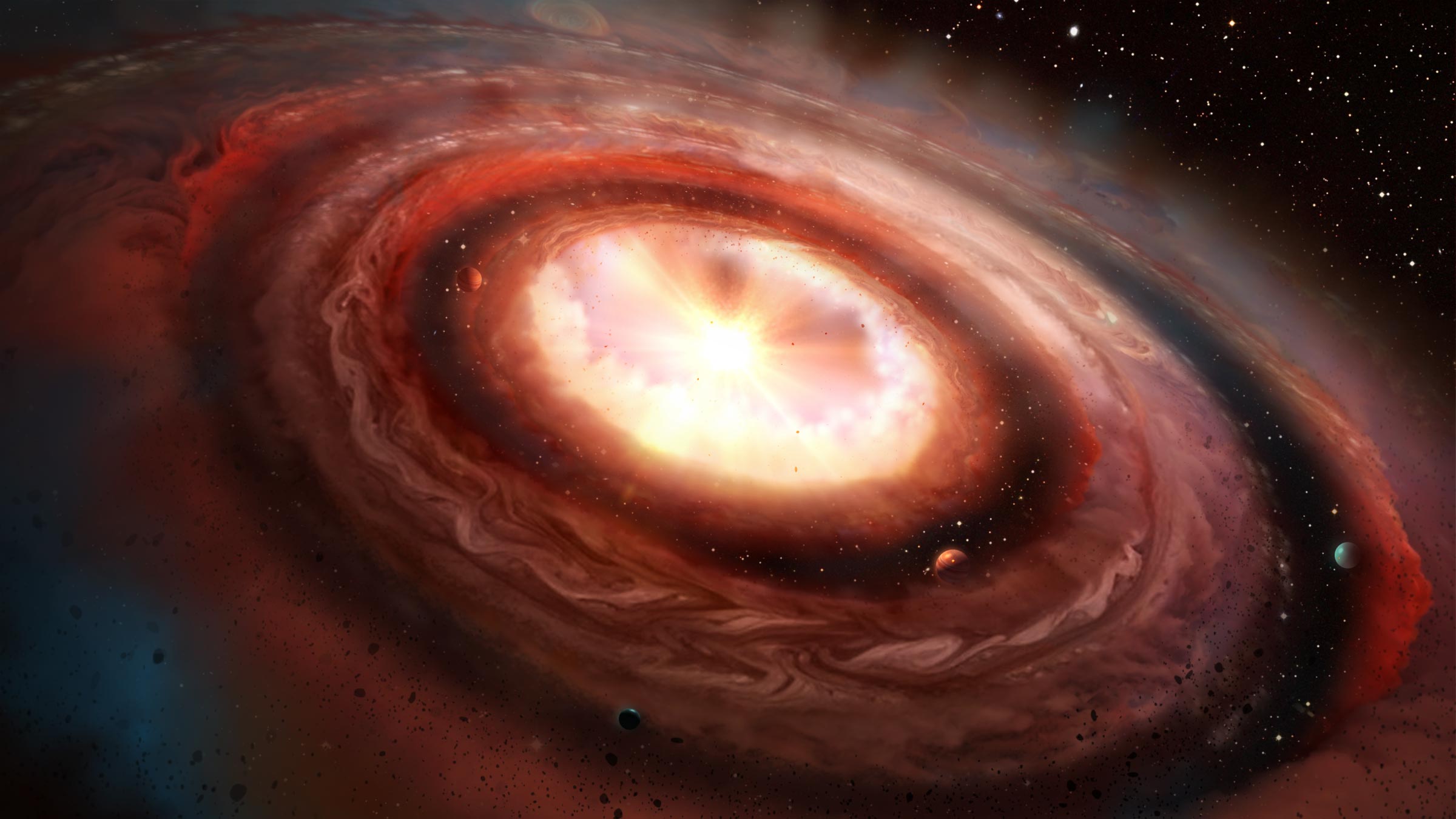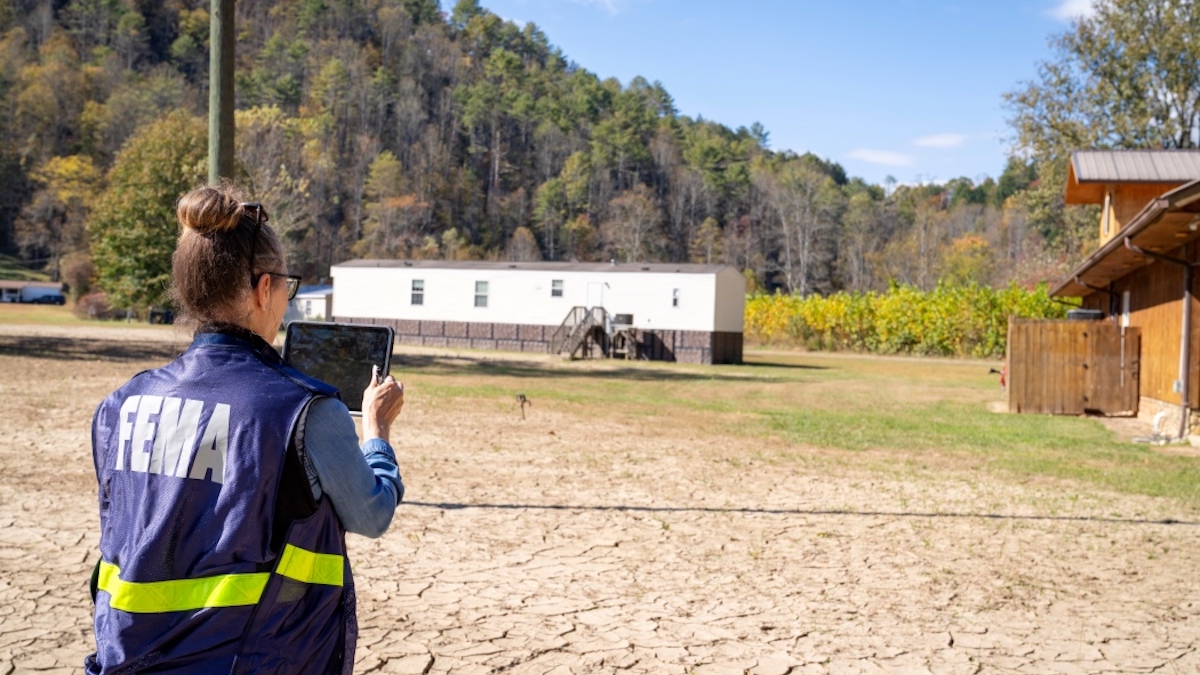Illustration of a model showing how gas giants such as Jupiter, Saturn or Uranus could also form quickly in the solar system from the dust of a protoplanetary disk and then drive dust into areas outside their orbit. Credit: © Thomas Zankl / crushedeyesmedia / LMU
Researchers have developed a new model for planet formation that shows how disturbances in protoplanetary disks can quickly form gas giants. This process is more efficient than previously thought and aligns with recent observations of distant gas giants.
Our immediate cosmic neighborhood is our solar system. We know it well: the Sun at the center; then the rocky planets Mercury, 
Til Birnstiel. Credit: Jan Greune / LMU
“When a planet gets large enough to influence the gas disk, this leads to renewed dust enrichment farther out in the disk,” explains Til Birnstiel, Professor of Theoretical Astrophysics at LMU and member of the ORIGINS Cluster of Excellence. “In the process, the planet drives the dust – like a sheepdog chasing its herd – into the area outside its own orbit.” The process begins anew, from inside to outside, and another giant planet can form. “This is the first time a simulation has traced the process whereby fine dust grows into giant planets,” observes Tommy Chi Ho Lau, lead author of the study and doctoral candidate at LMU.
Implications for Gas Giants Formation
In our solar system, the gas giants are situated at a distance of around 5 astronomical units (au) (Jupiter) to 30 au (Neptune) from the Sun. For comparison, the Earth is some 150 million kilometers from the Sun, which is equivalent to 1 au.
The study shows that in other planetary systems, a perturbation could set the process in motion at much larger distances and still happen very rapidly. Such systems have been observed frequently in recent years by the DOI: 10.1051/0004-6361/202450464



















Discussion about this post